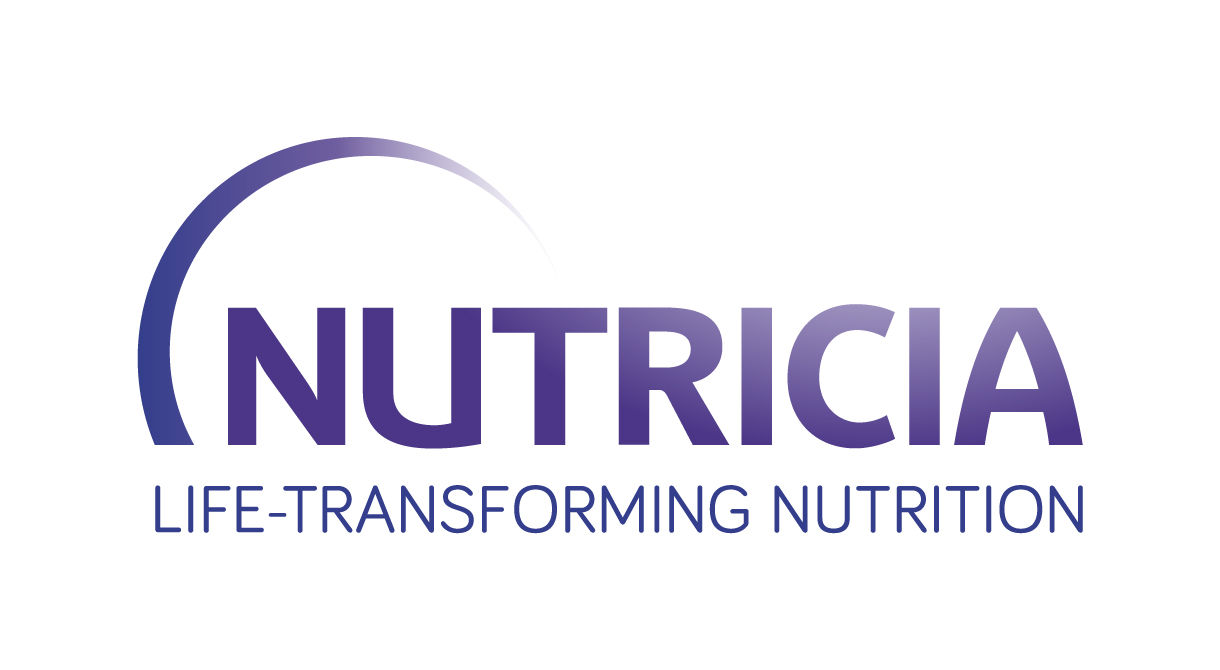What is glutaric aciduria type 1 (GA1)?
Glutaric aciduria type 1 (GA1) also called glutaric acidemia type 1, is an inherited, genetic disorder. In countries where newborn screening is available, GA1 can be diagnosed in the first few days of life. GA1 occurs when there is a defect in an enzyme that helps break down protein from food into amino acids for use by the body. The name of the enzyme is glutaryl-CoA dehydrogenase (GCDH). This results in the inability of two of the amino acids to be broken down in the body. These amino acids are lysine and tryptophan.
In GA1, without this enzyme functioning properly, the liver cannot effectively process these amino acids, allowing them to build-up to toxic levels in the body, which causes severe health problems if left untreated.
Upon diagnosis, people should be referred to a metabolic specialist for ongoing supervision of their management.
Incidence, Genetics and how to test for GA1
GA1 is a rare genetic disorder that occurs in about 1 in every 100,000 births. GA1 is inherited as a "recessive genetic disorder", in which both parents are carriers of the disordered gene, although they do not display symptoms of the disease. With each pregnancy there is a 1 in 4 (25%) chance that the infant will be affected.
A specialist in genetics can help explain the details of the inheritance of GA1 and the risks to future infants if both parents are carriers of the gene. GA1 can be screened at birth through a simple heel-prick blood spot test (GA1 test).
Symptoms of GA1
GA1 symptoms typically show up a few months after a baby is born, although some babies are born with a larger head than average. The general symptoms are:
- Poor growth
- Abnormal motor skills
- Slow development and learning difficulties
- Larger than average head at birth
- Muscle weakness (hypotonia)
- Spasms and jerking movements
Dietary management of GA1
GA1 is effectively managed by lifelong adherence to a low lysine diet. The goal of adhering to a low lysine for GA1 diet is to provide the optimal intake of lysine as it is an essential amino acid to ensure good growth but avoid excess intake of this amino acid which can be harmful.
The principles of dietary management of GA1 consists of the following:
- Intake of controlled amounts of foods naturally high in lysine, individually calculated by a dietitian,
- Lifelong oral supplementation of l-carnitine, an amino acid essential
- Consumption of lysine free, tryptophan reduced and arginine enriched protein substitutes as medically prescribed to ensure requirements for essential amino acids, minerals, vitamins and trace elements are met.
- Intake of foods naturally low in lysine such as many fruit and vegetables.
- Inclusion of specially manufactured low protein foods such as pasta, rice, milk replacers to provide an important source of energy and increase variety in the diet.
- Implementation of a personally tailored emergency regime during times of sickness and/or additional stress to the body such as during teething,
- Lifelong monitoring to ensure optimal amino acid blood levels. The medical team will regularly assess blood samples and recommend dietary adjustments accordingly and as nutritional requirements change depending on the life stage.
The combination of the all of the above, closely monitored and adjusted according to changing nutritional needs ensures all the essential nutrients are provided to support optimal growth, development and physical health.




